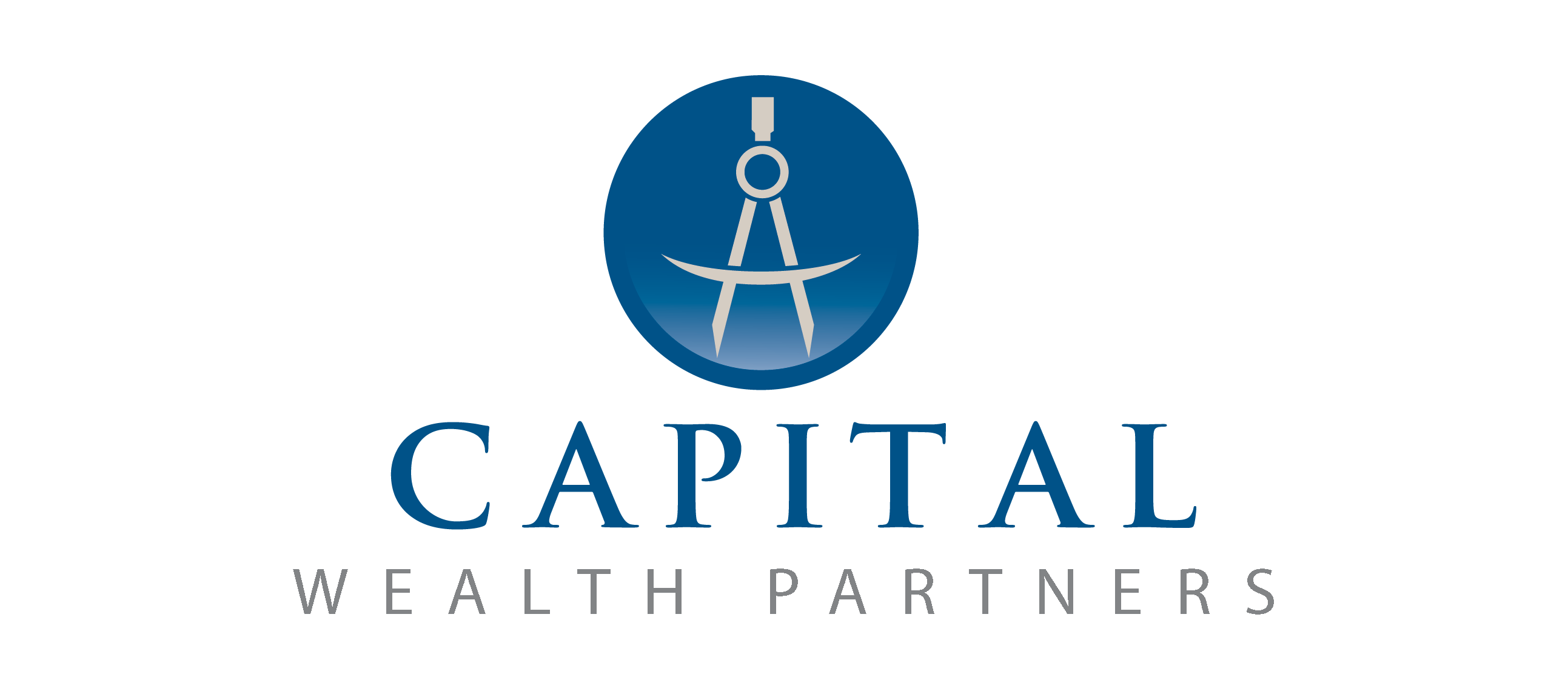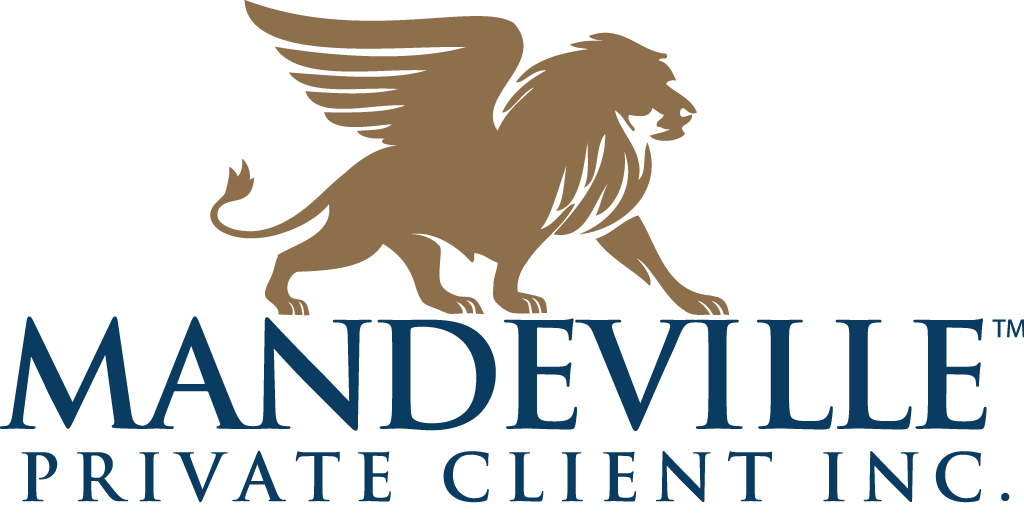Transferring Corporate assets to the next generation…Is there a better way?

Dave and Samantha Hopeful are both 55 years of age and are shareholders of Hopeful Holdings Ltd. in Ontario. They have accumulated significant cash in their holding company which was derived from profits from their successful operating company.
Dave and Sam plan to retire at age 60. They do not need the cash in their holding company for their immediate and retirement needs yet they wish to preserve it. As a result, the excess cash has been invested in a fairly conservative investment which generates passive income. Unfortunately, this income is taxed at the highest corporate tax rate which is currently 50.17% in Ontario. Furthermore, in order to extract the cash from the corporation the income would have to be paid out as a taxable dividend to Dave and Sam. Currently the top dividend tax rate is 47.74% in Ontario. These tax issues are quite disconcerting to Dave and Sam and they are looking for a better way!
They met with their financial advisor to discuss their dilemma. One very interesting solution is to transfer some of the excess corporate cash into a tax-advantaged environment by purchasing a permanent cash value life insurance policy. By retaining the cash inside the corporation, Hopeful Holdings Ltd. will not pay dividends and therefore Dave and Sam won’t lose one-third of the corporate assets to personal dividend tax.
By purchasing an exempt permanent cash value life insurance policy, a portion of the existing investment can be deposited into the life insurance policy which is a tax-advantaged growth environment. As such, the annual growth isn’t subject to tax as long as it remains within the policy. In addition, the death benefit provided by the insurance policy is paid tax-free to the beneficiary which in this case would be Hopeful Holdings Ltd. The death benefit payment in excess of the adjusted cost base (ACB) is credited the corporation’s capital dividend account (CDA). Interestingly, Hopeful Holdings Ltd. may then distribute the dividend from the CDA tax-free to the surviving shareholders whom could be the children or the estate.
Dave and Sam think this is a great idea and have decided to allocate $50,000 per year for seven years to a new joint policy. What intrigued them is seeing how this strategy compares to the corporation’s current savings strategy.
Assume that the current fixed income investment provides a 3% annual return. The new life insurance policy has a face amount of $1,000,000. In both cases $50,000 is deposited for seven years. Dave and Sam are both in good health and non-smokers. At the end of 35 years comparing the after-tax estate values resulted in $362,699 for the corporate fixed income investment versus $1,889,211 for the life insurance solution. Conversely, even if the Hopefuls assumed a blended 5% return from the corporate investments, the after-tax estate values resulted in $904,269 versus $1,889,211 for the life insurance solution. Evidently the life insurance strategy provides an opportunity to control the erosion of the corporate assets due to taxes and offers an enhanced strategy to transfer corporate assets for the benefit of the Hopeful family and also reduce significant taxes during the accumulation years.
This information is general in nature using accurate calculations. To learn more about this and other strategies using life insurance please feel free contact Shawn Ryan, CFP, TEP, Insurance & Estate Planning Specialist at sryan@mandevillepc.com or call 613-728-0101.
Written by Shawn Ryan, Insurance & Estate Planning Specialist






